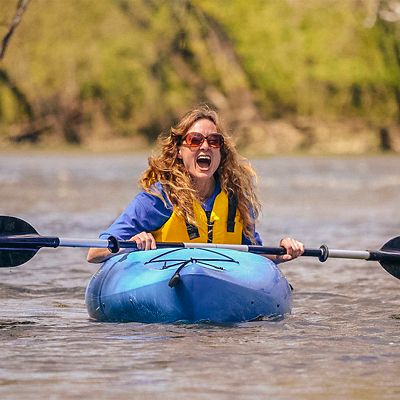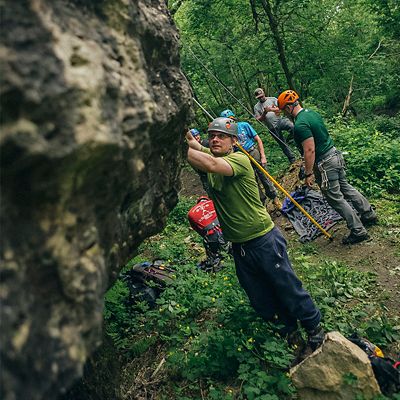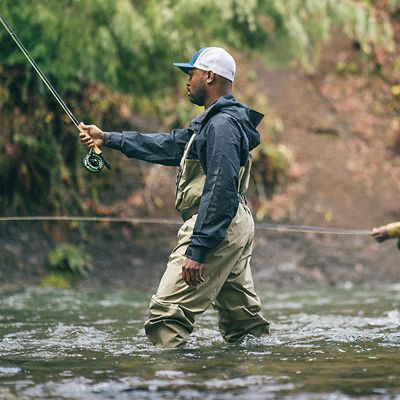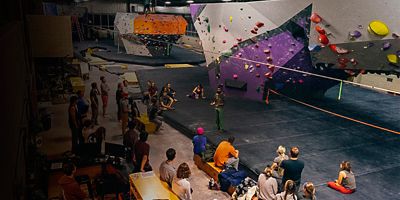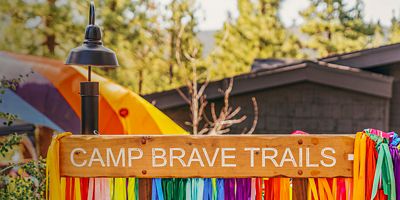National monuments have gotten a lot of buzz in the press over the past few years. In 2018, President Trump sparked enormous controversy when he shrank the borders of Bears Ears National Monument by more than 80 percent. Three years later, President Biden made national news when he restored those borders. Since then, the Biden Administration has created three new national monuments, which include Camp hale-Continental Divide in Colorado, Avi Kwa Ame in Southern Nevada, and Castner Range in West Texas.
So, what exactly is a national monument? Why do they feature so prominently in our national conservation discourse right now? To find out, we spoke with Jocelyn Torres at Conservation Lands Foundation (CLF), the group in charge of advocating for all the lands that don’t fit into your standard national-park or national-forest buckets. Think: wild and scenic rivers, historic and scenic trails, national conservation areas, and—you guessed it—national monuments. Here’s what Torres had to say about the fight for new monuments in the year ahead.
Is a national monument the same as a national park?
National monuments are lands reserved for their cultural, historic, or scientific significance. However, a national monument isn’t just a baby national park, Torres explains. While national parks must be created by acts of Congress, national monuments are usually established by the president. While some national monuments do end up evolving into national parks over time, plenty don’t.
“It really depends on what agency is managing the national monument,” Torres says. “It could be the Parks Service, the Forest Service, or the Bureau of Land Management.” If the Parks Service is managing a national monument, it’s easy to transition it to a national park should the need arise. But if the monument is managed by one of the other organizations?
In that case, “It’s probably not going to transition to a national park because that would take a separate act of Congress,” Torres says.



